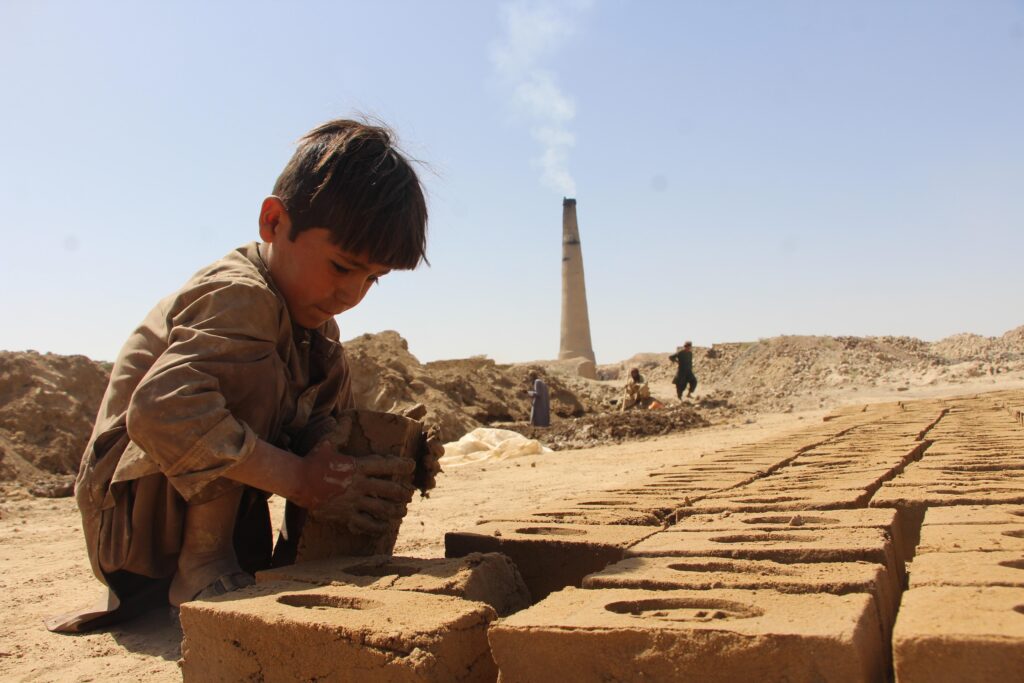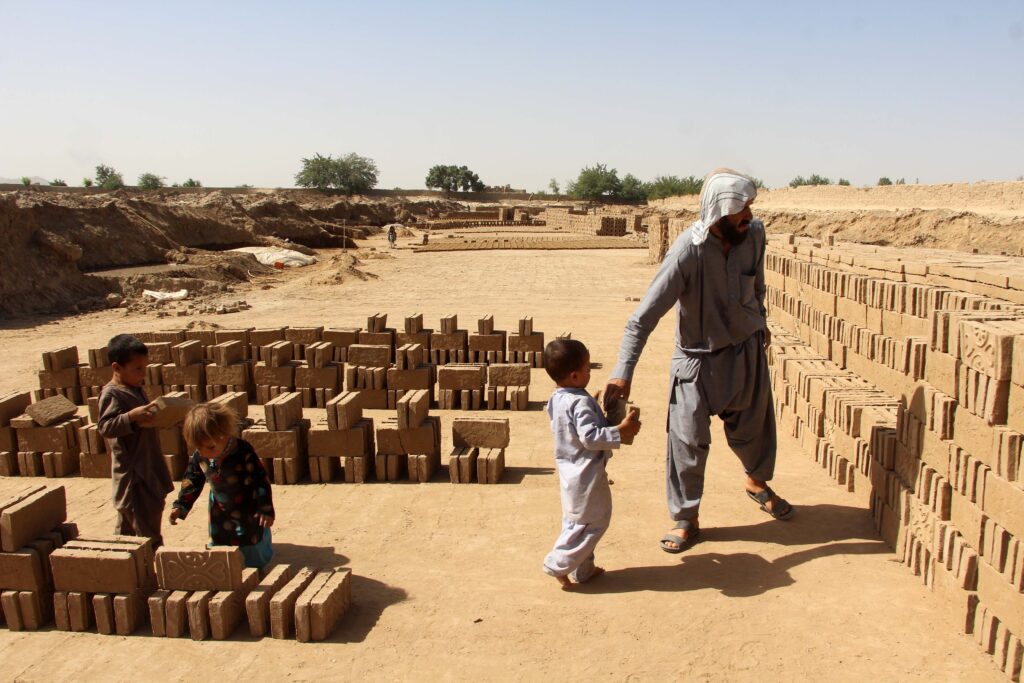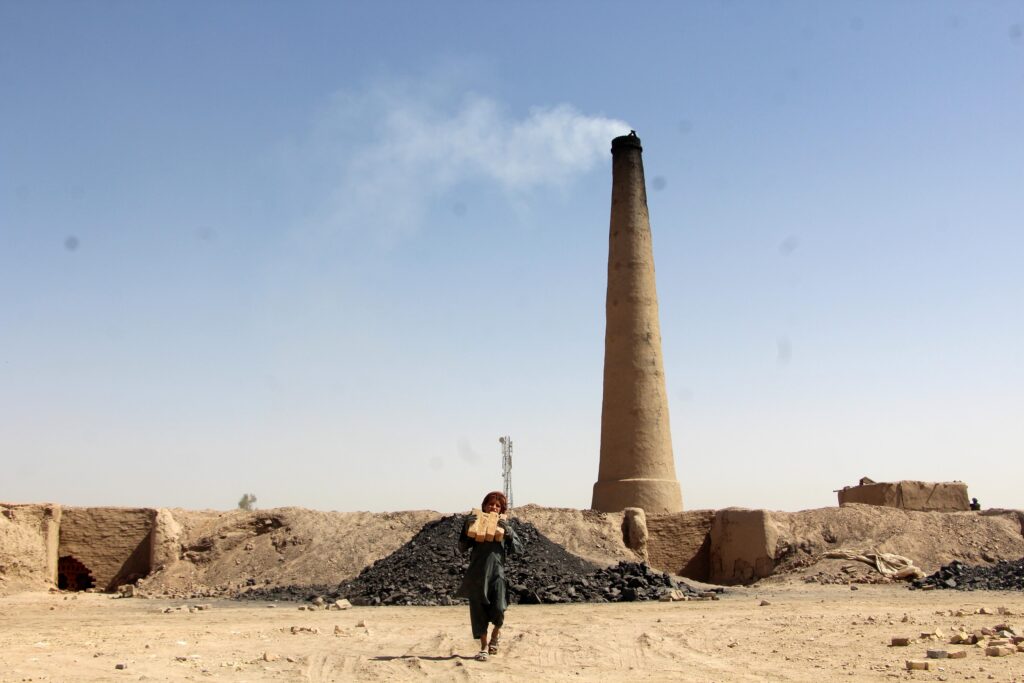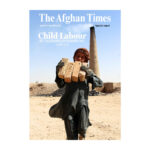
Every year on World Day Against Child Labour, we are reminded of the grim reality that too many Afghan children live through daily — not in classrooms or playgrounds, but in scorching brick kilns, pushing wheelbarrows and lifting heavy loads meant for adult shoulders.
This month, our reporters traveled to some of the most underreported corners of the country, where smoke rises over stacks of clay and where the laughter of children has been replaced by the clatter of bricks.
We met families living beside these kilns — mothers, fathers, and children — and I personally spoke with several families by phone. Their stories were all different, but their reasons were the same: poverty, debt, displacement, and survival.
“We don’t send our children to work because we want to,”
one father told me from a rural district outside Jalalabad.
Some families had once dreamed of educating their children. A few even managed to enroll them in school — but illness, unemployment, or sudden debt pushed those dreams aside. Others were born into a cycle of bonded labour, where debts to kiln owners are passed down like an inheritance.
One mother shared:
“When my husband died, I sent my eldest son to the kiln. Then the younger ones followed. We never planned this. Life forced it on us.”
In this special issue, you will read stories of children who work from sunrise to sunset, stories of mothers who cry in silence, and families who are doing everything they can just to survive. These are not numbers. These are names, faces, and futures at risk.

So why do Afghan families send their children to brick kilns?
Because they are trapped in a system that gives them no other option.
It is our duty — as journalists, as citizens, and as human beings — to shine a light on this injustice. We invite you to read, reflect, and raise your voice. Because until the world sees these children, they will remain invisible.
The Afghan Times remains committed to telling their stories.




